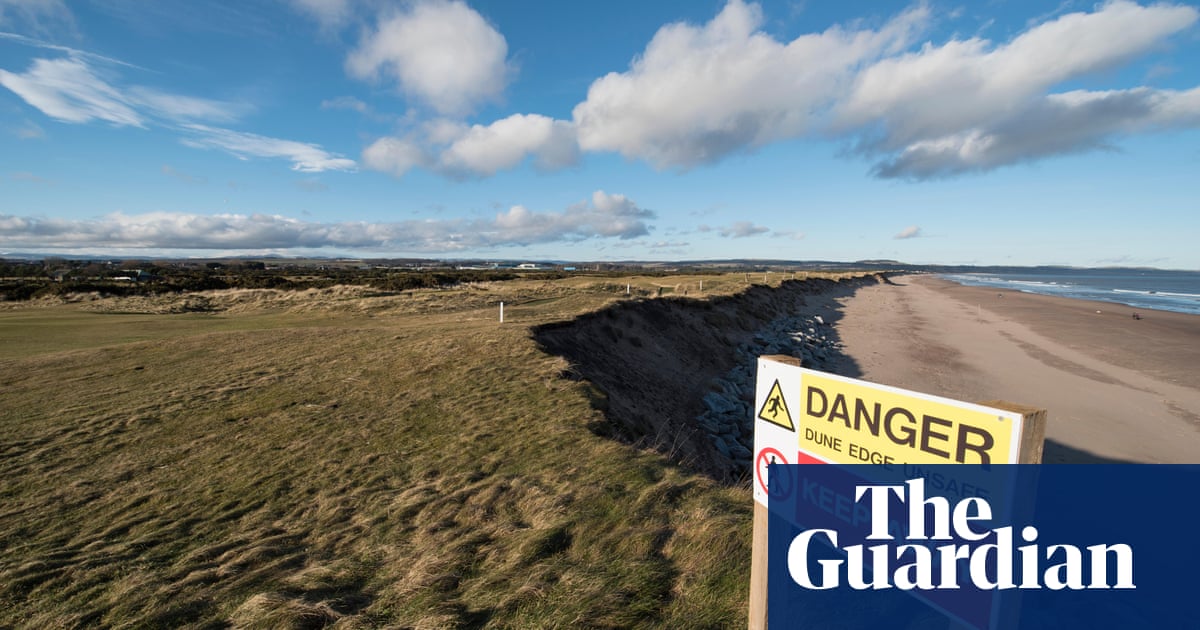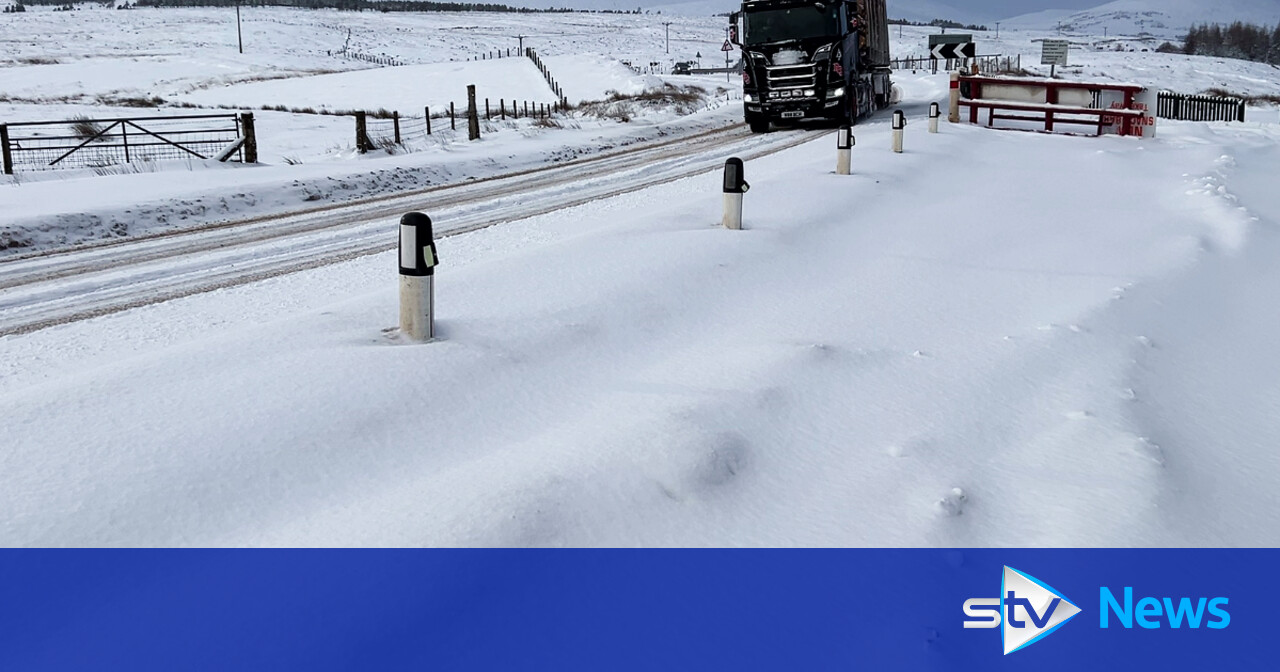Golf
‘This is climate change’: Scottish beach eroding by 7 metres a year

A beach in north-east Scotland is eroding rapidly owing to climate change, leaving a town at risk of flooding and its centuries-old golf links crumbling into the sea.
The Dynamic Coast report in 2021 studied the rate of erosion at Montrose and predicted that 120 metres would be lost over 40 years, an average of 3 metres a year.
People in Montrose are fearing the start of the storm season in autumn, as last year’s record-breaking storms caused the beach to erode 7 metres in the space of a year, more than 4 metres more than scientists predicted.
A report on behalf of Montrose Golf Links by EnviroCentre in December revealed that historically observed average rates of retreat are between 2.8–7.0 metres a year and that “observed trends in coastal erosion can be expected to continue, or indeed accelerate in response to future climate change”.
Scotland faced unprecedented storms last season and in spring recorded the country’s wettest April since 1947.
In November last year, Montrose’s beach promenade collapsed during high tide after Storm Babet, leaving a gaping hole on the walkway. During this storm alone the beach eroded 3 metres.
A month later, in December, gales of 86mph were recorded at nearby Inverbervie climate station during Storm Gerrit.
David Wood, who leads Montrose community council’s sub-group on coastal erosion at the beach, said: “I’m born and bred in Montrose and I don’t think any of us can remember anything like the level of storms that we had [last season]. Were these once-in-100-year storms? Is it going to be another 100 years? Probably not. This is climate change.”
Montrose has a history of coastal erosion that can be measured through the loss of the golf links, founded more than 460 years ago. The original sixth tee disappeared in 1994 and the third tee was moved away from the edge in 2017 but is now also gone. The sea has advanced 70 metres in the past 30 years.
Studies by Angus council and Dynamic Coast have shown that urgent maintenance to the receding dunes at Montrose Bay is needed, or there is risk of opening flood corridors through to the town’s residential buildings.
“I would give Montrose another three years maximum and I think it’ll be under,” the Montrose independent councillor Tommy Stewart told the Guardian in December. “The defences will breach if they don’t do anything.”
The EnviroCentre report also revealed there could be an estimated 170 metres lost owing to erosion and flooding to the south of Montrose by 2100.
The community council is keen for emergency work to go ahead in April 2025, which would involve loading vast quantities of sand on to the beach to build up lost levels.
after newsletter promotion
EnviroCentre found that the work to maintain the beach could cost £2m and Angus council is £50m in debt.
Wood agreed there were concerns about finances but said Angus council had been working closely with the community council and were building an economic case to send to the Scottish government for the works to start in April.
“The funding will have to come from the Scottish government in some shape or form,” he said. “Even the short-term solution in this sort of beach … renourishment is not a one-off. You do it once and you may have to do it every year.”
Wood said the work proposed for next year was a short- term solution to slow down the erosion process, which would give the council time to build up longer-term solutions to the issue, although how those would be funded is unclear.
A spokesperson for Angus council said: “Angus council have identified an outline solution in order to maintain, monitor and measure the erosion at Montrose. We are in regular communication with the Scottish government along with NatureScot, who are leading on a Dynamic Coast project to help tackle coastal erosion in Angus. The cost to progress this project is anticipated to be significant and we are developing a proposal ahead of any bids for funding contributions.”
In January, the Scottish government’s secretary for transport, net zero and just transition, Màiri McAllan, announced that Angus council would receive £440,000 from the government towards its efforts to combat coastal erosion at Montrose.
A government spokesperson said: “The climate emergency is not a distant threat – we are already seeing an increased impact on coastal communities such as Montrose due to adverse weather and rising sea levels. The Scottish government continues to work with the local community and stakeholders to support them in identifying common ground and building consensus for addressing coastal erosion at Montrose.”









